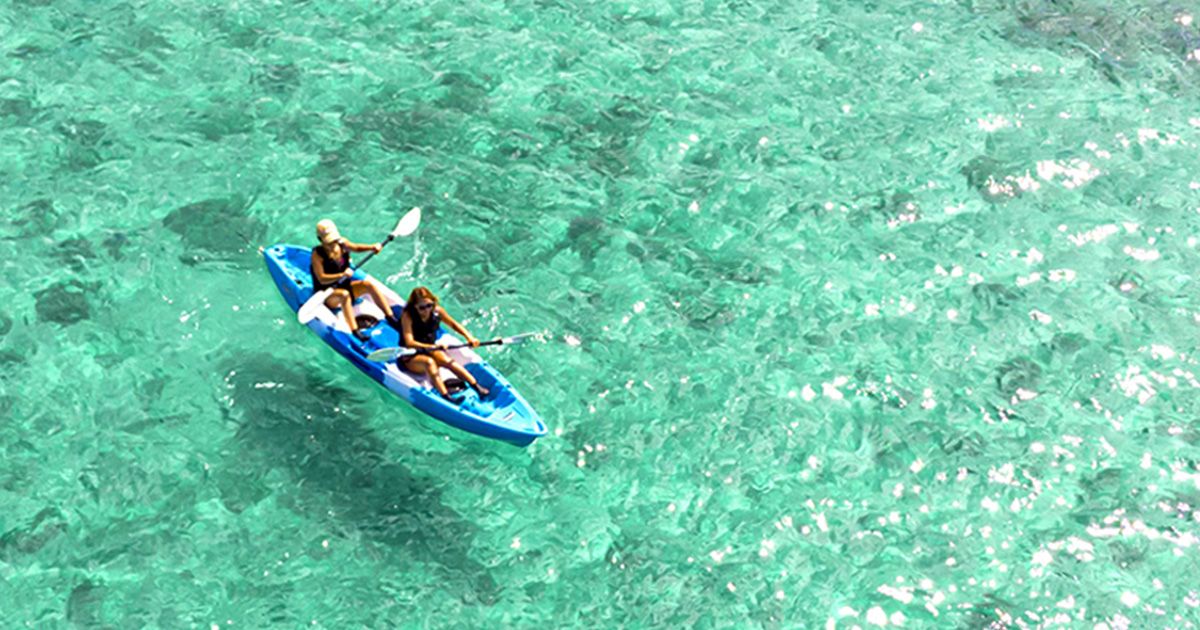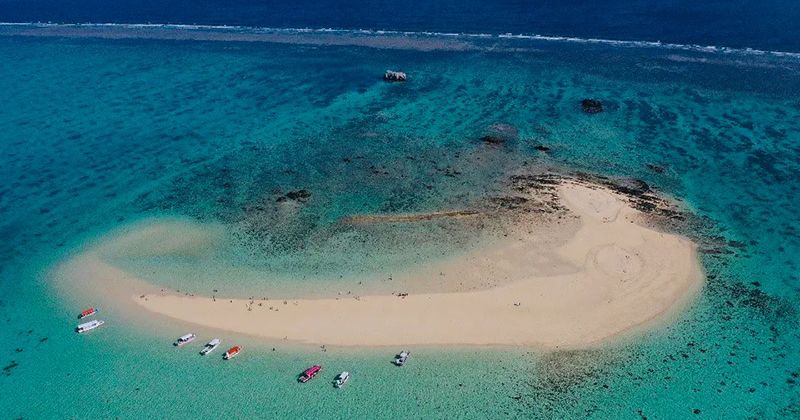Where and when can you see coconut crabs on Ishigaki Island? A comprehensive guide to popular night tours
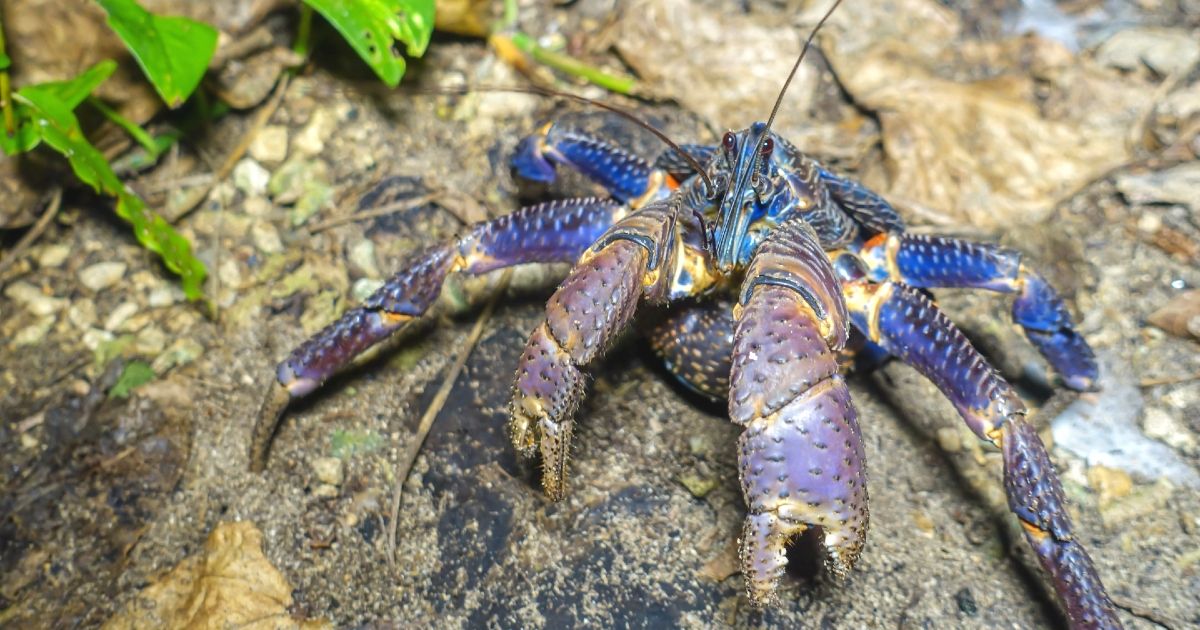
Okinawa
・
Coconut crab from Ishigaki Island
Featured!
The coconut crab is known as the world's largest land crustacean.
This time
Tips for enjoying observing coconut crabs that inhabit Ishigaki Island
or,
Recommended night tour information
Introducing.
moreover,
Ecology of coconut crabs
or,
Observation Spots
We will also explain:
Please refer to this article. Ishigaki Island Please enjoy observing coconut crabs.
table of contents
- 1 What is the "coconut crab" that lives on Ishigaki Island?
- 2 Coconut crab tour in Ishigaki Island
- 3 3 spots to see coconut crabs on Ishigaki Island
- 4 The culture and regulations of eating coconut crabs on Ishigaki Island
- 5 Basic information about coconut crabs on Ishigaki Island
- 6 Enjoy searching for coconut crabs on a night tour of Ishigaki Island
- 7 Feature articles recommended by the editorial department
What is the "coconut crab" that lives on Ishigaki Island?
Coconut crab teeth, mainly Ishigaki Island Including A type of hermit crab that lives in tropical and subtropical regions. .
Due to a decline in population Endangered species The causes of their decline include changes in the environment due to habitat development, traffic accidents, and overhunting.
The best time to see coconut crabs on Ishigaki Island
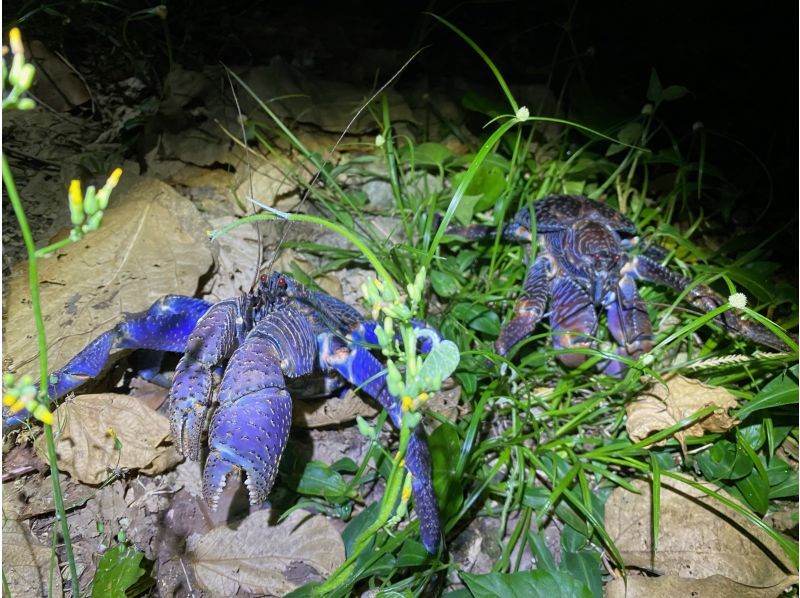
Coconut crabs are active from spring to autumn.
Peak breeding season is from July to August
will be celebrated.
They prefer a warm climate, so if you're going out to see coconut crabs,
Recommended from spring to autumn when temperatures are high
That's right.
Coconut crabs are nocturnal and spend the day hiding in places like the base of trees. They become active when the sun goes down. To observe Night is the best time is.
Things to be aware of when observing coconut crabs on Ishigaki Island
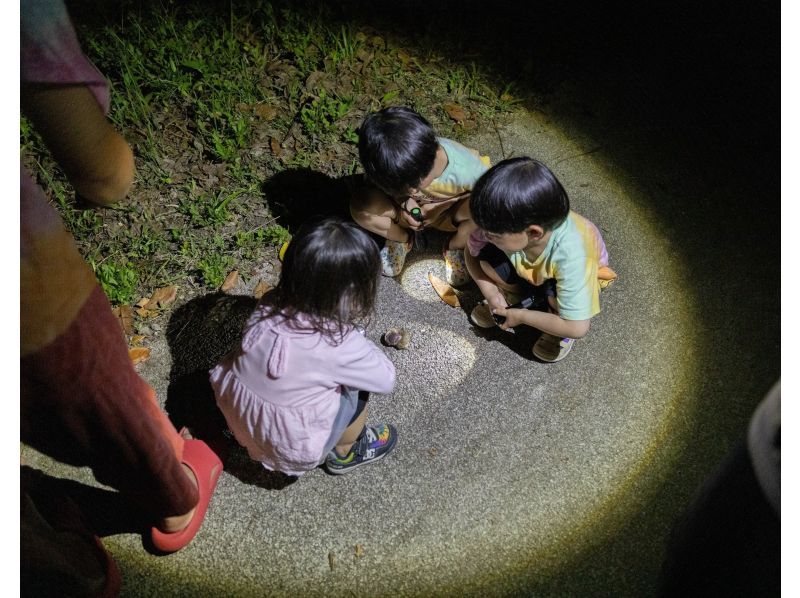
Please refrain from touching coconut crabs unnecessarily.
.
If you are caught in the coconut crab's claws, it is impossible for a human to open it, and there is a high possibility of serious injury.
In addition, when observing Keep your distance, refrain from speaking loudly, and watch quietly. let's.
Coconut crab tour in Ishigaki Island
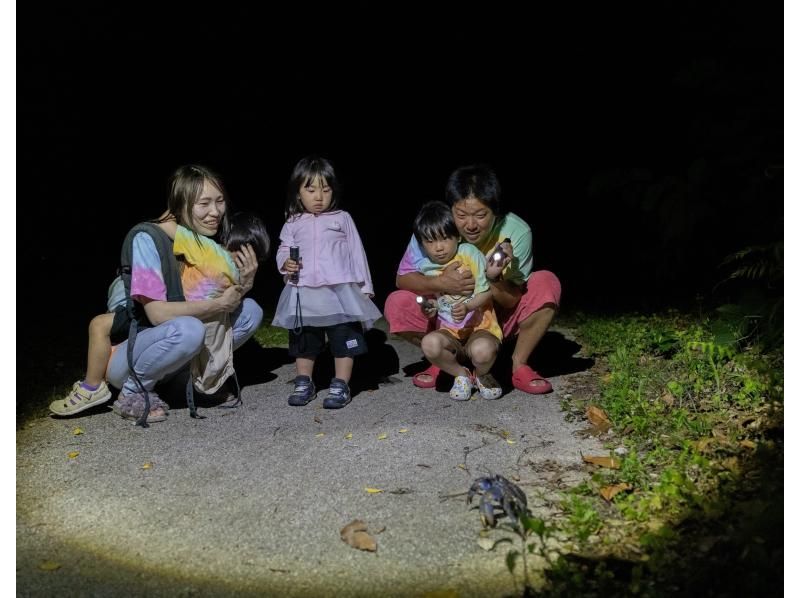
When observing coconut crabs, there are some things to be aware of. Guided Night Tour We recommend you to join is.
If you join a tour accompanied by a professional guide, Enjoy safe fun at hidden spots not listed in guidebooks You can also learn more about the natural environment of Ishigaki Island and the ecology of coconut crabs.
Not only can you observe coconut crabs, Starry Sky Photo , Mangrove Exploration , Firefly viewing There are also tours with set plans that allow you to enjoy the above. Pick-up and drop-off or Plan with free photo data Then you can make some great memories at a great price.
This plan is becoming increasingly popular! It's exclusive to our shop! You won't find it anywhere else! We put safety first and will guide you to ensure your satisfaction! Enjoy the nightlife of Ishigaki Island to the fullest! Experience the three most popular night tours at once: [Starry Sky Photo] x [Night Safari to Search for Coconut Crab with a 99% Encounter Rate] x [Mangrove Exploration] ⭐️If you don't see any coconut crabs, we'll refund your money!⭐️
This plan does not support English.
[Take a quick walk around Ishigaki Island at night! Why not explore the nightlife of Ishigaki Island, which is a little different from the daytime?] Let's go looking for creatures that can only be seen at night and plants unique to the tropics. If you're lucky, you might even be able to see a giant coconut crab! What's more, you can also enjoy the starry sky, which has been certified as Japan's first starry sky conservation area! The tour takes only one hour from meeting to leaving! City area
This plan does not support English.
*Firefly tours are available from mid-March to the end of May. This is a mobile tour where you will be guided by car to each spot. ★Tour highlights [Exploring the jungle for creatures] Let's go in search of plants and creatures unique to the subtropical region! A guide with extensive knowledge of the ecosystem will guide you, so you can deepen your knowledge while observing! [Limited time only! Natural illuminations
This plan does not support English.
Take a quick walk around Ishigaki Island at night! Why not explore the nightlife of Ishigaki Island in a slightly different way than during the day? Let's go looking for creatures that can only be seen at night and plants unique to the tropics. If you're lucky, you might even see a giant coconut crab! What's more, you can also enjoy the starry sky that has been certified as Japan's first starry sky conservation area! The tour takes only one hour from meeting to disbanding!
This plan does not support English.
At night, a completely different world unfolds before you. You can feel the breathing of various nocturnal creatures. This is a tour where you walk along the coast and through the forest at night to search for creatures. Even while traveling by car, we sometimes stop the car to observe creatures that appear. Land crabs head from the mountains to the sea to spawn, as well as endangered coconut crabs and land hermit crabs. In the forest, you can see Taiwanese stag beetles.
3 spots to see coconut crabs on Ishigaki Island
Three spots to see coconut crabs on Ishigaki Island
I'll introduce it to you.
There are also coconut crab tours available that visit the following spots, so be sure to join one and enjoy observing coconut crabs safely.
1. Banna Park
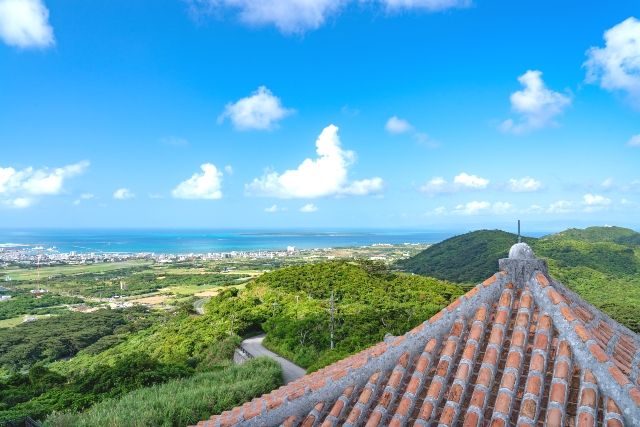
Ishigaki Island Located in the southern part of Banna Park is known as a spot where you can see coconut crabs. A lush tropical environment is an essential condition for coconut crabs to live. is.
On the vast grounds, you can enjoy nature, play athletics, take a walk, or take in the spectacular views from the observation deck.
Plenty of areas for children to enjoy
.
You can also enjoy observing the flora and fauna.
A recommended spot for family outings
is.
2. Shiraho Beach
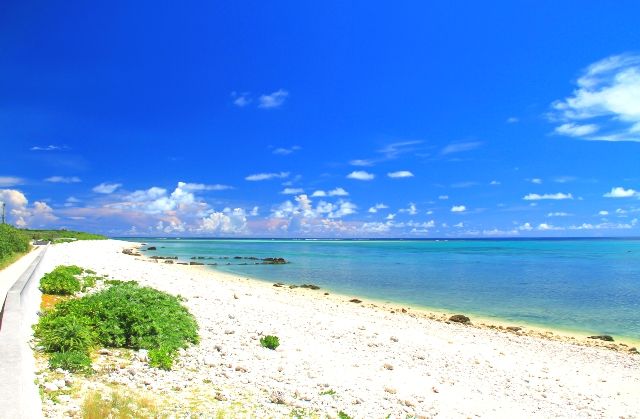
Approximately 6 minutes by car from New Ishigaki Airport. Around Shiraho Beach too, The environment is perfect for coconut crabs to live in. .
Shiraho Beach is characterized by its crystal clear waters and white sand.
Snorkeling
or
diving
It is also known as a popular spot.
At Shiraho Beach, where beautiful coral reefs spread out,
I
Blue coral, designated as endangered by the International Union for Conservation of Nature (UCN)
You can also observe precious corals such as:
3. Kabira Bay Area
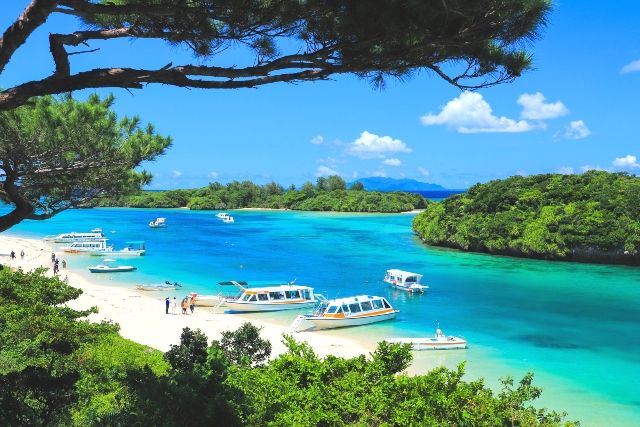
Ishigaki Island Located in the northwest Kabira Bay (Kabirawan). Coconut crabs live in the surrounding subtropical forest areas. They become active when the sun goes down.
Kabira Bay
A popular scenic spot on Ishigaki Island
is.
Not only the spectacular view
Marine Activities
This is a popular area for coconut crab watching, so you can enjoy a variety of activities in addition to your usual activities.
The culture and regulations of eating coconut crabs on Ishigaki Island
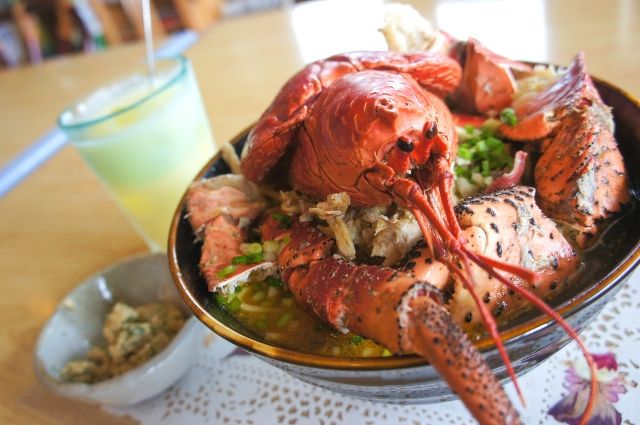
Ishigaki Island
So there is a culture of eating coconut crabs.
.
Coconut crabs have been eaten in a variety of ways, including steamed, boiled, and stewed.
One of the most important ingredients for local people
is.
Currently, it is designated as an endangered species, Ishigaki City Coconut Crab Protection Ordinance " and people are urged to refrain from capturing them, Some restaurants serve coconut crabs under proper procedures. .
Coconut crabs are omnivorous and will eat things that are poisonous to humans. There is a risk that harmful substances may remain in the crab's body. . Catching or cooking them on your own is extremely dangerous, so please avoid it at all costs. .
To ensure a safe observation, please follow local rules and guidelines.
Basic information about coconut crabs on Ishigaki Island
lastly, The size of coconut crab or, What to eat and how long to live etc. Ecology of coconut crabs We will explain about:
Size: Body length is about 30-40cm
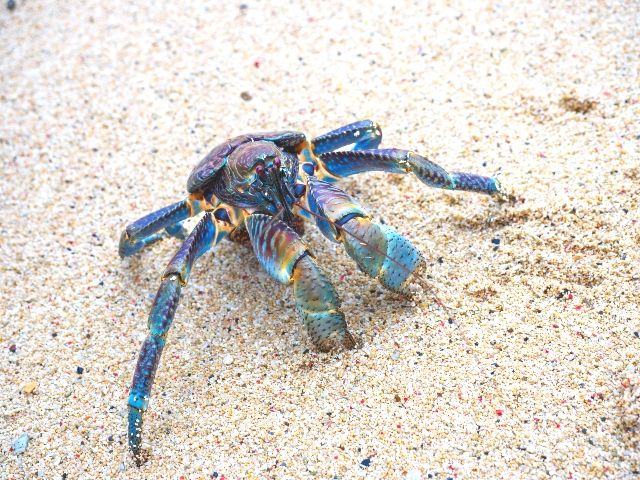
Coconut crab The world's largest size Proud of " Malacostraca, Decapoda, Pagurus hermit crab family " belongs to the " Body length is about 30-40cm The males are even larger than the females, some reaching over 40cm in size.
The coconut crab's shell is hard and serves as a defense against enemies. In addition, its strong claws are Approximately 90 times the force of body weight It has enough power to crack open hard coconuts.
If you come across a coconut crab, do not touch it as it is extremely dangerous. .
Diet: They basically eat all kinds of plants and animals
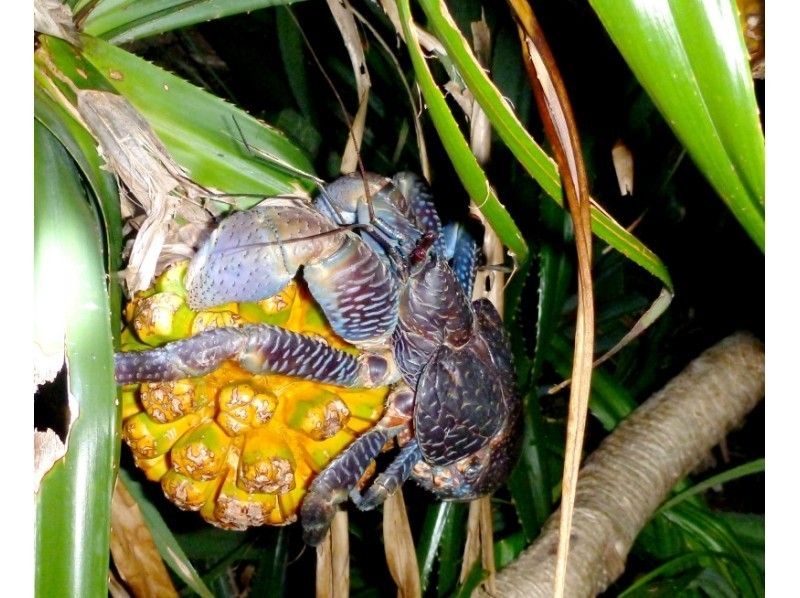
Coconut crab Omnivorous in, They will eat anything that fits in their mouth, including plants, fruits, nuts, and animals. They are also good at climbing trees and can knock down coconuts from above.
Among them, coconut crabs' favorite food is "
Pandanus Fruit
"is.
Pandanus fruits are orange in color, have a sweet scent, and look similar to a pineapple. They are a favorite food of coconut crabs, but are not edible for humans.
Therefore,
Coconut crabs are often found near Pandanus nuts.
is.
Lifespan: Estimated to be around 50 to 60 years

Research has shown that coconut crabs are Both males and females repeatedly molt. They live for about 50 to 60 years. It is estimated that One of the reasons for their longevity is that coconut crabs grow at a very slow pace.
The stable subtropical climate is also favorable for coconut crabs. Food is readily available, living conditions are good, and there are relatively few predators and other dangers. That is also Factors contributing to longevity It is said that...
With their hard shells and strong claws, coconut crabs must be able to survive by protecting themselves from danger and enemies.
Enjoy searching for coconut crabs on a night tour of Ishigaki Island
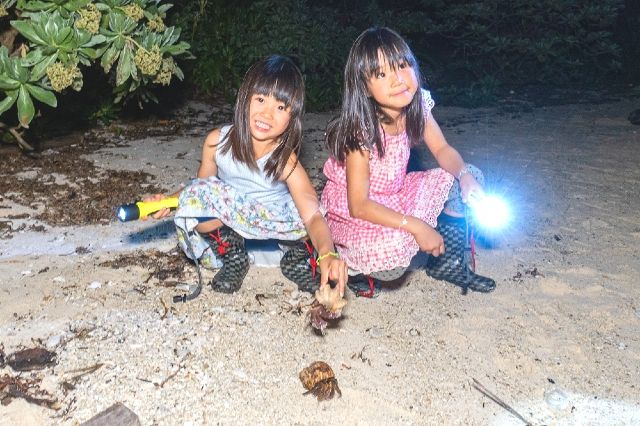
Ishigaki Island Inhabits Coconut crab are unique creatures that live in specific natural environments.
If you visit Ishigaki Island, why not take the opportunity to see them?
This time we introduced Night Tour Please join us and enjoy searching for coconut crabs! .
*The content of this article is current as of March 2025.
Featured image provided by:
photoAC

![[2025] A thorough guide to nightlife and night tours in Ishigaki Island! Images of fun until the night](https://img.activityjapan.com/wi/ishigakijima-yoasobi_thumb.jpg)

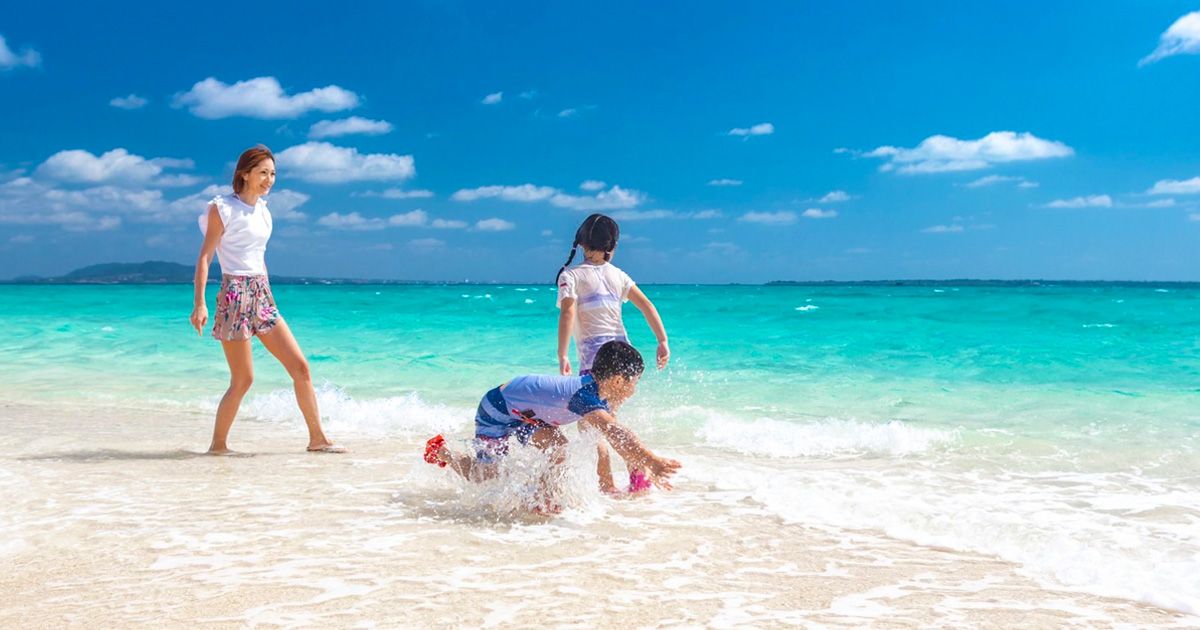

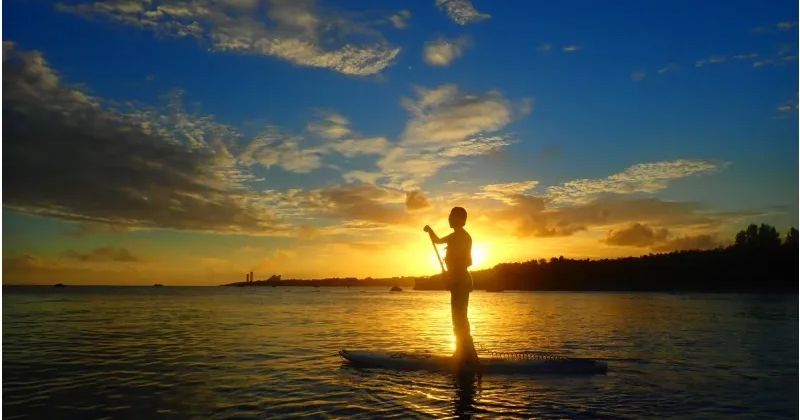
![Ishigaki Island sightseeing model course [with car x with children] images](https://img.activityjapan.com/wi/ishigakijima-tourist-spot_thumb.jpg)
![Ishigaki Island Recommended Sightseeing Model Course [2 nights, 3 days] Images](https://img.activityjapan.com/wi/ishigakijima-itinerary_thumb.jpg)


